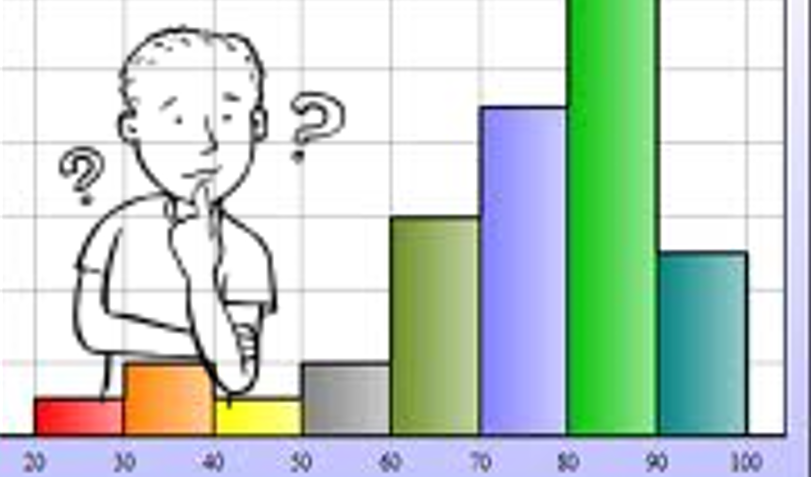Submitted by: Joseph Palen
School: Deep Run
Summary
Students in a “Mathematical Structures with Discrete Topics” class (commonly known as Discrete Math) were placed into teams and asked to produce calculator programs demonstrating calculus concepts to be used as enrichment in AP Calculus BC. (Thus the calculus class was the client for this project.)
The students had a variety of mathematical backgrounds and a range of programming experiences. Although all students had programming in a Java class, only a couple had ever programmed calculators before. Part of the assignment was for them to manage working in a new environment.When presented the task, students were told the two main evaluative criteria were ease of interface (so the calculus classes would be able to use them) and successfully integrating all team members into the project.
On the first day, students in Discrete Math were divided into three person teams and asked to plan their project. During the second, each group presented their program, demonstrating how it worked. A number of technical problems emerged, and the prime lesson for the day turned out to be how to deal with technological snafus. The third class day consisted of presenting the programs as a lab to be explored in the Calculus class. Most of the students had never used their calculators in this manner before.
TIPC Ratings
Research and information was rated as approaching as much of how to solve the calculator programming problems was intentionally left open ended and students had to research how to solve problems on their own.
Communication and collaborative work were the keys in both classes as programming students worked in teams to create effective calculator programs. They then collaborated with the math students to help them use the product and to gain valuable user feedback about the program. As a result, this lesson is rated as approaching in terms of communication and collaboration.
Critical thinking and problem solving were required throughout the project as students had to provide answers to questions the likes of which they had never seen before. Students had to apply digital tools (their own personal graphing calculator programs) to solve a variety of math problems and then had to help other students use their programs to solve calculus problems. This lesson was rated as approaching in terms of critical thinking and problem solving.
This lesson is rated as approaching because students had to sythesize existing information about the types of math solutions and then apply that to their graphing calculator programming skills to create customized programs. Students created meaningful and original work that was shared with other students who gave feedback into not only the finished product but also into the creative process.
Download Files
- Lesson Plan
- Information on Collaborative Teams
- The Programming Tasks
- Student Artifact 1
- Student Artifact 2
- Student Answers to Problems Posed






